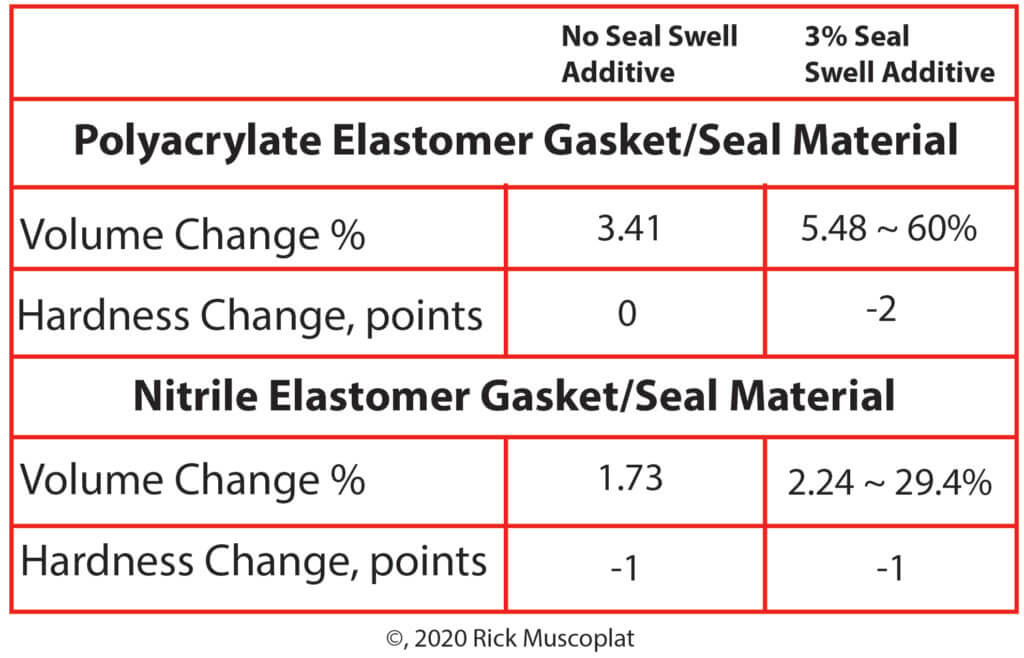Engine oil stop leak products: Do they work?
Do Engine Oil Stop Leak Products Work? An In-Depth Look
Engine oil stop leak products have become a popular quick fix for many drivers facing the issue of oil leaks. But do these products really work? This article delves into the effectiveness, mechanism, and potential downsides of using engine oil stop leak products.
Do engine oil stop leak products work?
Yes, sometimes. They do work in some cases, but only when used according to the directions. However, they can also cause the leak to worsen. It all depends on the type of engine oil stop leak product and which type of gasket or seal is leaking. Here’s how engine oil stop leak products work and where they don’t work.
What Chemicals Are In Those Engine Oil Stop Leak Products?
Engine oil stop leak products are chemical additives designed to be mixed with engine oil to help seal minor leaks. These products typically contain chemicals that can rejuvenate and expand the seals and gaskets in the engine, theoretically stopping the leaks.
• Seal Swelling Agents— These chemicals cause the seals and gaskets to swell, potentially closing small gaps through which oil might leak.
• Viscosity Modifiers— These agents can thicken the oil slightly, helping it to stay within the engine and reducing the likelihood of leaks.
• Additives— Some products contain additional chemicals designed to clean and condition the engine’s internal components.
The pros and cons of using an engine oil stop leak product in your vehicle
Pros
• Cost-Effective— Engine oil stop leak products are much cheaper than professional repairs.
• Convenient— They offer a quick and easy solution that can be done without a mechanic.
• Temporary Fix— For minor leaks, they can provide a temporary fix until a proper repair can be made.
Cons
• Temporary Solution— These products are not a permanent fix and may only work for a limited time.
• Potential Side Effects— Some additives may cause other issues within the engine, such as clogging oil passages or affecting oil viscosity.
• Not a Universal Solution— They may not work on all types of leaks or engines.
The Potential Risks and Downsides
While engine oil stop leak products can offer a quick fix, they come with potential risks:
• Engine Damage— Some ingredients in engine oil stop leak products may not be compatible with all engines and could cause damage.
• Clogging— Additives that thicken the oil could potentially clog oil passages or the oil filter, leading to reduced lubrication and increased wear.
• False Security— Relying on these products can give a false sense of security, delaying necessary repairs and potentially causing more significant issues over time.
How seal swelling engine oil stop leak products work
Oil stop leak products operate by causing rubber components to soften and swell. The stop leak product must mix well with engine oil so it circulates throughout the engine to reach all gaskets and seals. Keep that in mind because it doesn’t swell just the leaking gasket or seal, it swells all the rubber gaskets and seals in the entire engine. That’s an important factor to consider BEFORE you use a stop leak product.
Also, carmakers used to basic types of rubber gaskets and seals; Polyacrylate elastomers and nitrile elastomers. A stop leak seal swelling agent affects these two types of seals differently.
I’ve pulled up the material safety and data sheet for one commercial seal swelling agent to show just how much the product softens and swells the two types of rubber (elastomeric) products used in engine gaskets and seals. The results shown are for adding 3% of the seal swell agent to Group II engine oil. As you can see, the swelling is much higher (60%) on polyacrylate elastomers (synthetic rubber) and 29.4% on nitrile seals.

As you can see, this particular seal swelling agent works well to soften synthetic parts and swells them by 60% but does nothing to soften nitrile parts and only swells nitrile parts by 29.4%.
Types of gasket and seal materials used in engines
Polyacrylate elastomers
Polyacrylate elastomers are widely used in the automotive industry because they have excellent resistance to transmission and hydraulic fluids. They’re used in transmission and power steering seals, O-rings and radiator and fuel hoses.
• They have high resistance to oxidation and ozone
• Better compatibility with high temperatures compared to nitrile (operating range -40°F to 300°F)
• However, they have poor compression set characteristics.
Nitrile elastomers
Nitrile is the most popular material for automotive seals. It’s a mixture of two synthetic rubbers, Buna and Acrylonitrile polymers. Synthetic lip materials are bonded to the metal case to prevent leakage between the sealing lip and the shell. Different properties are obtained by changing the percentage of each polymer used in the mixture.
• Good oil/grease compatibility
• Abrasion resistance
• Good low temperature and swell characteristics
• But they aren’t as compatible with synthetic oils
How to use engine stop leak products
The most common mistake DIYers make when using these products is not following the manufacturer’s directions. More is NOT better. In fact, adding too much can cause complete gasket and seal failure, resulting in more oil leakage.
Which types of gaskets and seals are candidates?
Flat gaskets— Valve covers and oil pan gaskets are prime candidates. The swelling usually stops the oil leak. However, they should never be used to stop leaks if the manufacturer has used RTV liquid gasket or a silicone gasket instead of a neoprene style.
Round seals on rotating shafts are NOT a candidate— Leaking rotating shaft seals (axle shaft and rear main seals) are usually NOT good candidates for stop leak products.
©, 2020 Rick Muscoplat
Posted on by Rick Muscoplat
